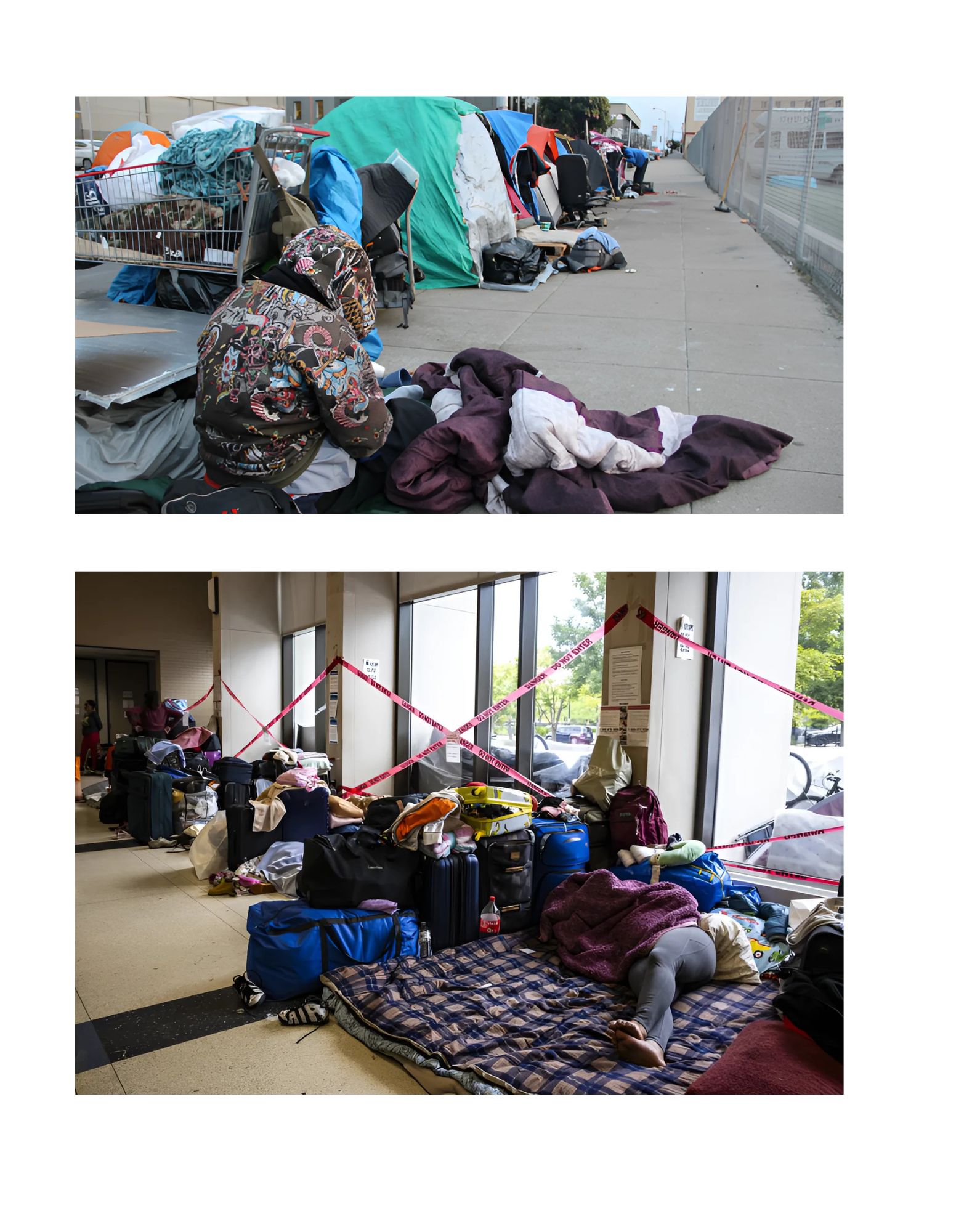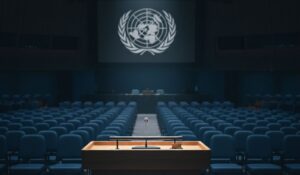By Ikupolusi Ariyike
For generations, America’s cities promised sanctuary. They invited the tired, the fleeing, the women with babies wrapped in worn cloth, all searching for something better. But today, that promise feels frayed. From San Francisco to Chicago to New York, the so-called sanctuary cities are being tested. Migrants continue to arrive in
San Francisco: When Shelter Becomes a Lottery
Once hailed as the first major sanctuary city in the U.S., San Francisco no longer feels like a place of refuge for many new arrivals. Maria, a mother from Honduras, arrived with her nine-year-old son earlier this year. “They told me San Francisco was safe,” she said, “but we slept at a bus station for three nights.”
The shelters are full. The resources are thin. And the streets whisper a different truth than the headlines. More than 10,000 migrants arrived in the Bay Area last year, most with no clear place to go. “We can’t be a sanctuary without support,” said Maribel Sanchez from the city’s Department of Homelessness. “Right now, we’re just reacting.”
Maria’s journey didn’t end at the U.S. border, it shifted into something harder to navigate. A city full of hope, but short on space.
Chicago: Hospitality on the Edge
Chicago’s commitment to its sanctuary policy remains strong. Mayor Brandon Johnson has defended the city’s role in welcoming displaced families. But inside the shelters, the space tells a different story.
In Pilsen, cots stretch across a gym floor. Luis, a Venezuelan father, sleeps beside 30 other men. But the quiet stories are from the women, the ones not in shelters, but in borrowed kitchens, couch-surfing with children, waiting for their names to come up on lists they never signed.
Neighborhoods like Brighton Park and South Shore are sounding alarms. Residents feel forgotten. Schools are crowded. Housing is tense. “We’ve built this community,” one woman said. “Now we’re being told there’s no room for us either.”
Still, migrant women are holding each other up. In between uncertainty and shelter schedules, they’ve created pockets of stability like cooking together, trading childcare, even teaching one another English.
waves, many of them women with children, hoping to land in places where safety still exists. But what they often find is something else like exhaustion, red tape, crowded shelters, and a new kind of uncertainty.
They’ve traveled across oceans, deserts, and borders. But the hardest journey, for many, starts after arrival.
New York: At Capacity, Still Taking In
If travel is movement, then New York is where the journey bottlenecks.
With over 200,000 migrants arriving since 2022, the city is bursting. Hotels have been turned into shelters. Gymnasiums now hold families. The Roosevelt Hotel is no longer a stop for tourists it’s an intake center for displaced lives.
Nasreen, a single mother from Mauritania, has been moved three times in six months. Her youngest son no longer unpacks his bag. “He says there’s no point.”
Mayor Eric Adams has warned that the crisis could break the city. But for women like Nasreen, the city already feels broken or at least bent out of shape. Safety exists, but only in fragments.
ICE May Not Be at the Door, But the Fear Is
In sanctuary cities, the fear of deportation isn’t supposed to rule daily life. Local laws often block law enforcement from cooperating with ICE. But legal protections don’t erase lived fear.
Women hesitate to visit clinics. They avoid asking questions at schools. They memorize escape routes in case someone knocks the wrong way. One mother from El Salvador keeps her children’s shoes by the door “just in case we have to run again.”
What’s meant to be a stop on the road to peace still feels like a checkpoint.
A Renaissance Built from Scraps
Still, despite the pressure, refugee women are creating something extraordinary. In church basements, school gyms, and park benches, they are rebuilding life. Not just surviving but stitching together pieces of home with borrowed language, secondhand clothes, and whispered stories of strength.
In Brooklyn, mothers run informal daycare circles. In San Francisco, they sew blankets from donated fabrics. In Chicago, they teach one another English in playgrounds.
These aren’t official programs. They’re not government-funded. They are acts of resistance, of reinvention, a quiet renaissance, woven by women who refuse to let the journey end at despair.
This Is Travel, Too
This issue’s theme isn’t just about where people go. It’s about what they carry. And what they rebuild when they arrive with nothing.
For the women at the center of this story, travel is survival. Travel is memory. Travel is the act of choosing hope over and over again even when the map is crumpled, and the destination keeps moving.
They are building homes where none were promised. They are weaving futures out of scraps.
And they are doing it in places that forgot how to welcome them but never stopped needing what they bring.







